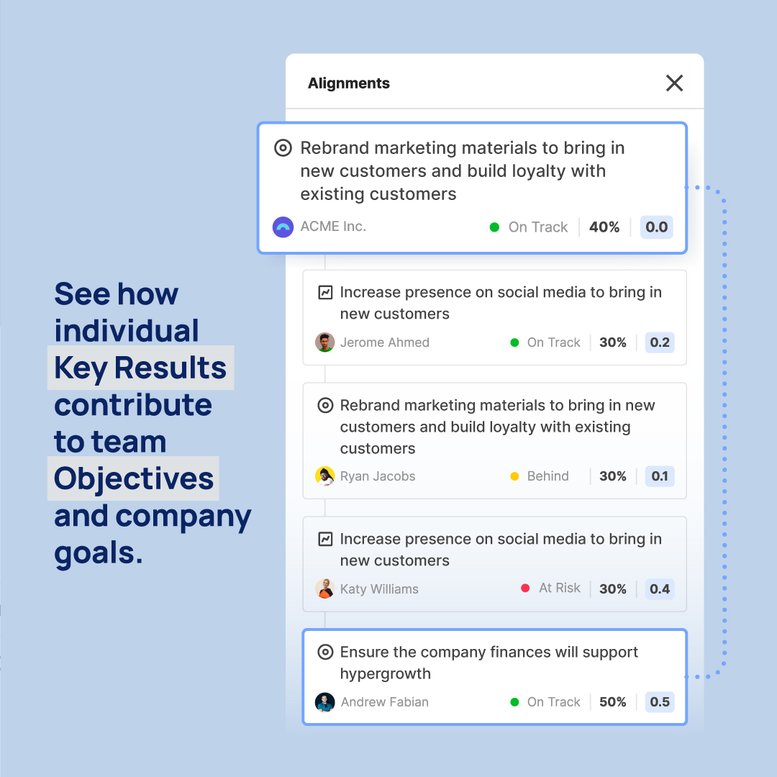
Avoiding the Trap of Toxic Productivity
Learn how to support your team and build a more balanced workflow
February 28, 2023
At one time or another we’ve all felt overwhelmed by the number of projects on our plate and the sincere desire to complete all of them at once. That overwhelming urge to constantly be doing something is referred to as toxic productivity. When you pressure yourself to work to a point that becomes detrimental to your well-being, it can cause burnout, and ironically makes you less productive in the end.
This is also related to the idea of action bias, which is the reflex to automatically respond to a situation with action as a default, without stopping to question or plan. You may find yourself doing this even if you don’t necessarily have a sound reason to, because there’s a natural tendency to feel that action = productivity.
There are a few reasons why toxic productivity may have crept its way into your workflow, most notably changes in work culture over the past few years. Remote and hybrid work can lead to struggles with creating boundaries, because you feel as though you should always be available or accessible. Regardless of work location, if there aren’t systems in place to organize information for employees, the lack of clear communication when it comes to priorities and goals can also lead to toxic productivity.
Tips for Avoiding Toxic Productivity
Give Clear Instructions for Tasks
When delegating tasks to your team, it’s important to be clear not only about when something is expected, but what the priority is and how flexible that deadline is. Task cards are an invaluable resource for organizing and communicating project information with clarity and focus. Go beyond just setting due dates, and include specific times for deliverables on task cards at the start of a project. Tag people, teams, or groups to give collaborators reminders about upcoming deadlines, share updates about important milestones, or communicate changes.
Get in the habit of setting the priority on each task card so that collaborators can see at a glance how essential the task is. You can also create buckets to divide items into stages of a project, which is another indicator of what needs to be completed first and which tasks can wait until a later phase. Attach emails from your clients or messages from your boss to each task card to ensure contextual clarity as a central reference point for information related to the project.

Stay Aligned on Goals
Implementing a goal-tracking system like OKRs can give you a good overview of what work is essential and what work can wait. When you set trackable goals and align them to tasks or projects, you’re also able to say “no” to new work by showing there’s a clear reason behind your refusal. This makes it easier to prioritize the projects that feed your goals and avoid overload that can lead to burnout.
Having visibility for OKRs across the entire company means you’re also able to better coordinate with your team and work on projects based on company-wide priorities in addition to your personal ones. As a manager, it’s important to encourage regular OKR check-ins because these give you the opportunity to reassess how things are progressing and adjust your workload if the balance is off. Use templates to write and schedule automatic reminder messages for check-ins so that your team can easily stay on track.
Purposeful Motivation
When a person’s plate is too full, saying You can do this! can feel like added pressure rather than support. Instead, try asking them What do you need to complete this project? or What can I do to support your efforts? Use the Team View within a project so that you can assess how work is being divided, and easily drag and drop tasks to reassign them to a different person if needed.
Weekly sync meetings are an opportunity to have open conversations about workload and resources. It’s important that you go beyond just talking about assignments to get a better understanding of how well your team feels they’re currently balancing work with their lives. Offering them the option for flexible hours or a nonlinear work day is a great way to reduce the likelihood of action bias by clearly signaling that you support your team taking breaks.
If your team is working asynchronously, create a channel post to give more detailed instructions, suggest a shift in deadlines, or tag a person or group to source more resources. This post can then be converted into a new task card or attached to an existing task card for all collaborators to reference.
The key to avoiding toxic productivity in any company is keeping communication open and flowing in both directions. When priorities are clear and essential information is readily available, you’re setting your team up for success. If you’d like to learn more about how digital transformation can improve your employee experience and aid in growth, email us to set up a custom demonstration of our work management hub.
Natalie Litofsky, Managing Editor